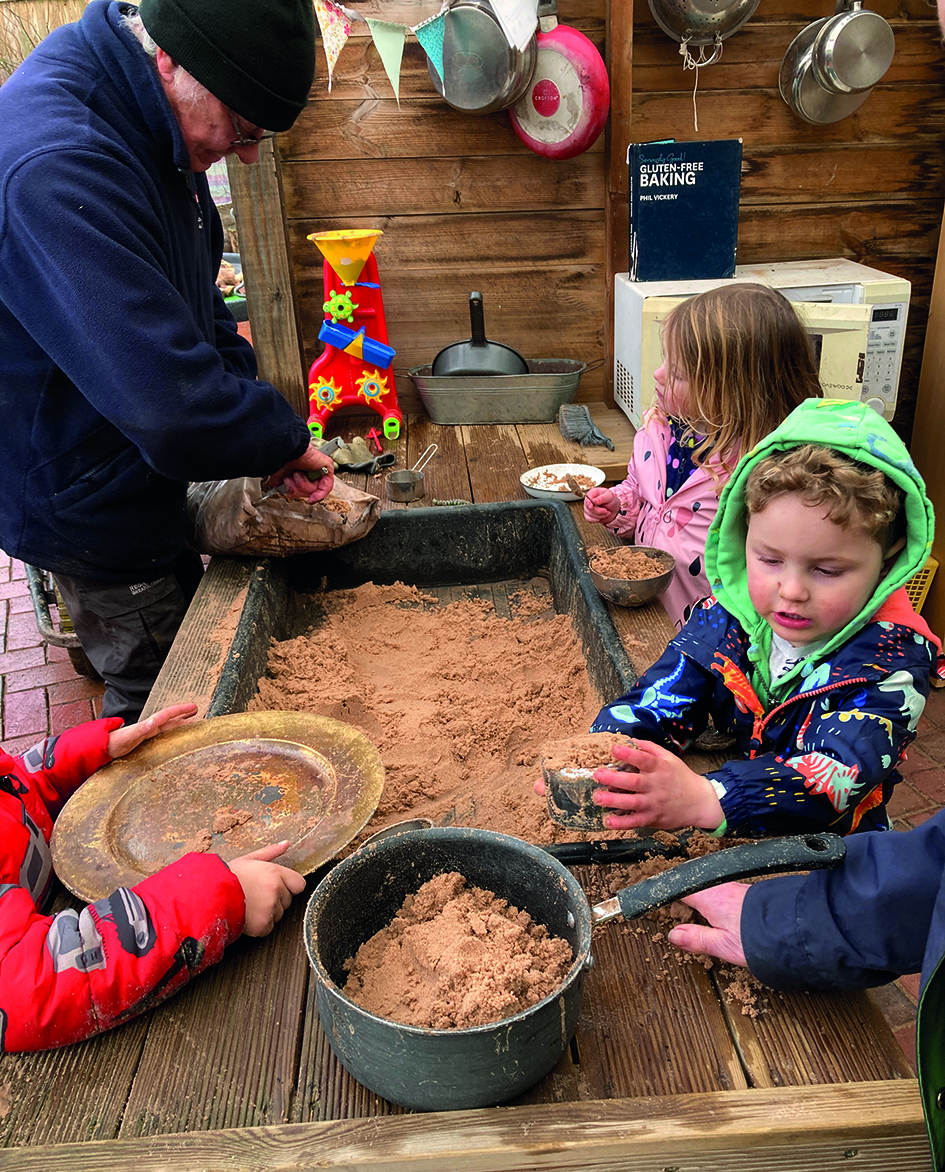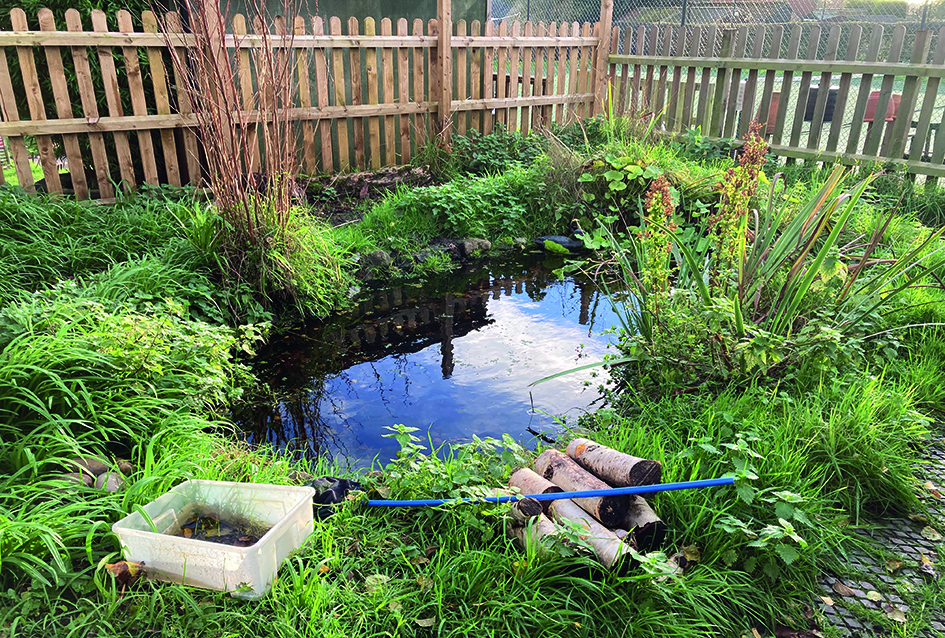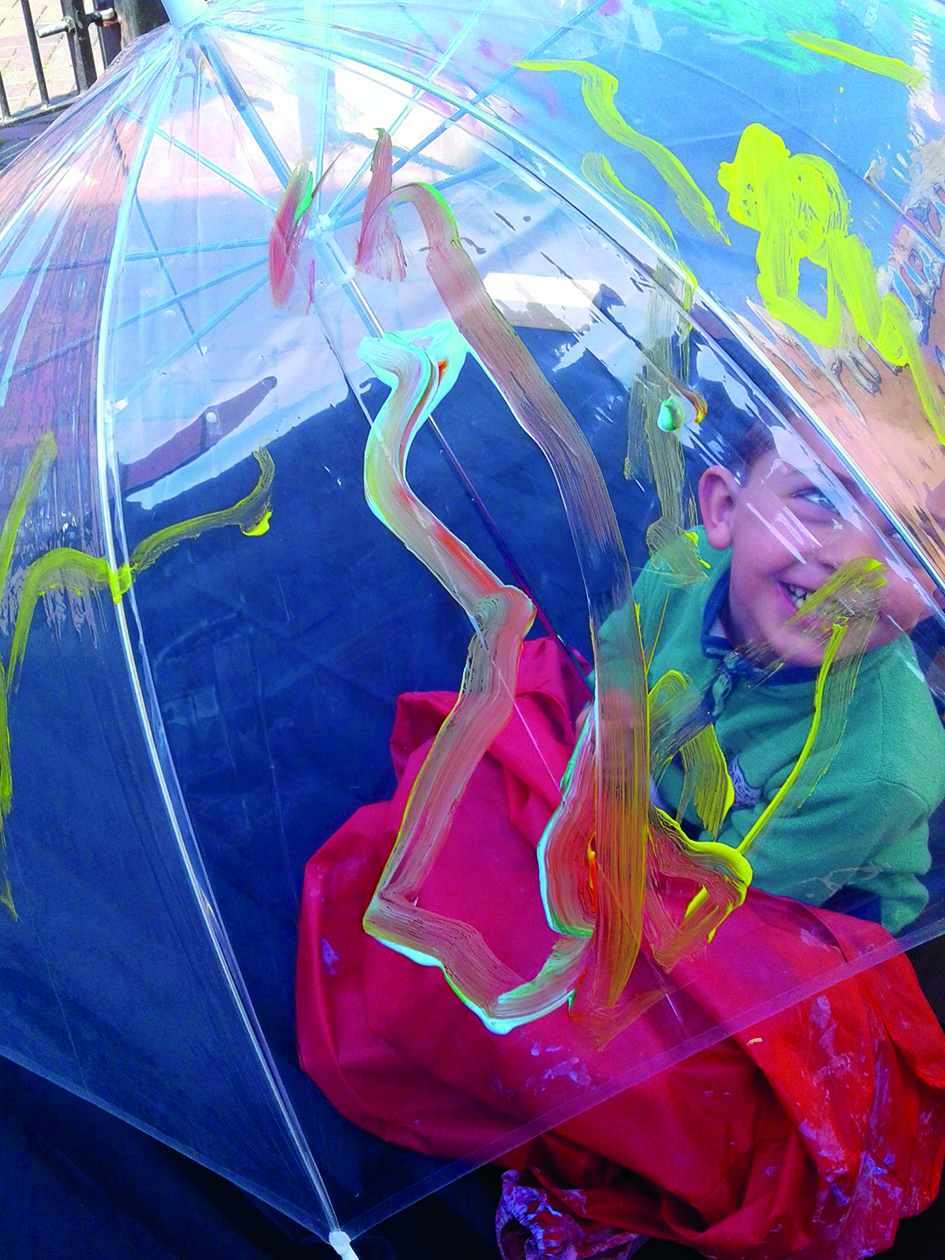
As a regular judge of the Nursery World Awards ’Enabling Environments' category, I’ve always hankered after visiting the winners, and last year I finally managed to do just that, taking in five sector-leading settings to explore what they do, how they do it, and what everyday successful practice looks like.
The first thing to highlight is that they only truly had two things in common: very physically active children; and a commitment to children spending long lengths of time outdoors, in both freely chosen and adult-led learning through play. In each setting, the provision looked and felt quite different, but they all had an understanding of the adult role in facilitating effective learning. I hope this series will offer insight into how any setting, no matter its size, location or type, can provide learning experiences that recognise the unique nature of outdoors at the same time as integrating outdoors seamlessly into children's learning and development.
Over the next four months, we’ll examine inclusion, the adult role and how settings have managed change, and turn a lens on practicalities such as storage, resourcing and working with parents. Each setting provided a unique set of parameters, and while two are wholly outdoors, they offered a snapshot of what can be achieved with the sort of space challenges most most settings have to contend with.
- Ashbridge Nursery and pre-school serve their local community, and also feed into Ashbridge School, an independent prep school sharing their extensive and peaceful countryside site.
- Dandelion Educationis fully outdoors, located in a mature woodland and is part of a small group of nurseries on the edge of a town.
- Kids Planet Stretton, part of a large chain, makes the most of a small space around a converted Victorian townhouse, on a busy urban road.
- Holmsdale Manor has expanded its outdoor space over 20 years and now also regularly heads off site to its own forest school base.
- BeatleWoods Nursery has two bases within its mixed woodland and field site, with minimal ‘indoor’ facilities and a flightpath overhead!
- I’m also squeezing examples from Quackers Pre-school in here, although its win and my visit were several years ago now.
PHYSICALITY
A recurring theme in the Enabling Environments award category is the link between outdoors and physically active play. Within moments of arriving at each setting, evidence for just how vital outdoor provision is for extensive movement and physicality was on show. At Kids Planet Stretton, for example, the site is relatively small and ‘busy’ with features and equipment, so regular trips to the local park enable children to make the big, fast, energy-blasting movements they need. Dandelion Education and BeatleWoods Nursery, two fully outdoor settings, have plenty of ‘running around’ space, and Holmsdale Manor's nearby Forest School base provides a totally different landscape from the series of smaller, more curated individual spaces back at the setting. Children at Ashbridge Nursery are lucky enough to have acres of space as the setting shares its site with a school and can access the school's playing field as well as its playground structures such as the new and massive pile of rocks.
In a well-designed and resourced outdoor space, children can move over and under, round, through and behind, up and down, fast and slowly, and can use more than just their feet or hands to do so. Outdoor spaces that allow boinging (up and down in the vertical plane), whooshing (in the horizontal plane) and roly-polying (rotational movements) cater for children's balance, hand-eye co-ordination and need for speed.
Children operate differently outdoors than indoors. Indoors is invariably perceived as an adult-led, more formalised setting; outdoors, children's minds and bodies identify the lack of walls or a ceiling as a call to freedom. They behave differently and understand that actions can more easily be shaped by their own interests. A high-quality enabling environment outdoors provides children with launch points for compelling and deeply engaging play that can be noisy, large, boisterous and risky in ways that are not appropriate indoors. Even in relatively small outdoor spaces such as those at Kids Planet and Quackers Pre-school, children had opportunities to move freely, organise their own play and use ‘real’ resources that mirrored those they see adults using.



CASE STUDY: HOLMSDALE MANOR
Holmsdale Manor occupies a sprawling, hillside site in Ibstock, Leicestershire and has been the life's work of former primary school teacher Janet Ward, her husband Andrew and now too their daughter Kate – who was the first child to attend the setting 30 years ago and is now the manager. The setting began in a barn conversion and expanded to take in two neighbouring buildings and their large gardens, plus more recently the purchase of woodland to run a Forest School for their children and training programmes for other practitioners.
The setting is on a steep incline and while each room has its own immediately accessible and individually resourced outdoor space, children spend time in all parts of the garden, and each area has its own unique character and significance. The baby room team take ‘trips’ beyond their own garden as frequently as possible, giving babies and toddlers the essential challenge of negotiating inclines and gateways, paths of many different surfaces and ‘interventions’ set out by the staff to add challenge. Older children run up and down the mounds and hills and over stone walls and fences.
Kate says, ‘Physical development has been a priority on our development plan for quite a while now. Children are really physical here – for example, our children walk to and from Forest School each time and we set off just after 9 and don't return until after 2pm, so it's a long day out for them.’
During Covid, almost the whole day was spent outdoors at Holmsdale, and since then, Kate has noticed that all rooms spend more time outdoors than they used to.
The team will continue to use the Early Childhood and Infant/Toddler Environment Rating Scales (ECERS and ITERS) to shape provision outdoors, and Janet is interested in looking at how outdoors can support nonverbal communication. Kate is keen to explore large-scale environmental art.
All members of staff spend time outdoors and all look after the areas they use – and this has to be planned into each day so that maintenance doesn't become overwhelming. Site manager Jonny has created many of the features with colleagues John and Phil, room leader Rhiannon is responsible for overall site development, and the woodland sites have a dedicated team. Having evolved over three decades, the sites now have wild spaces, cultivated garden areas, allotments, a paddock with donkeys in, a hard paved tennis court and lots of different shelters. Doorways have weather curtains and great use is made of sheds and canopies with open fronts that allow easy access and visibility. On a wet and wild day, children moved freely between indoor or covered spaces. Some children used sheltered areas to observe their friends enjoying the weather; other spaces were set up for quiet play, still others for active and collaborative work.
FURTHER INFORMATION
The Shared Vision and Values for Outdoor Play in the Early Years manifesto developed by a consortium led by Nursery World and school charity Learning through Landscapes in 2004. You can download a poster of the principles plus the supporting values from www.plloutdoors.org.uk/ey-advice
NURSERY WORLD AWARDS
Entries will close in May and the ceremony will be held on 30th September 2023. Visit www.nurseryworldawards.com









